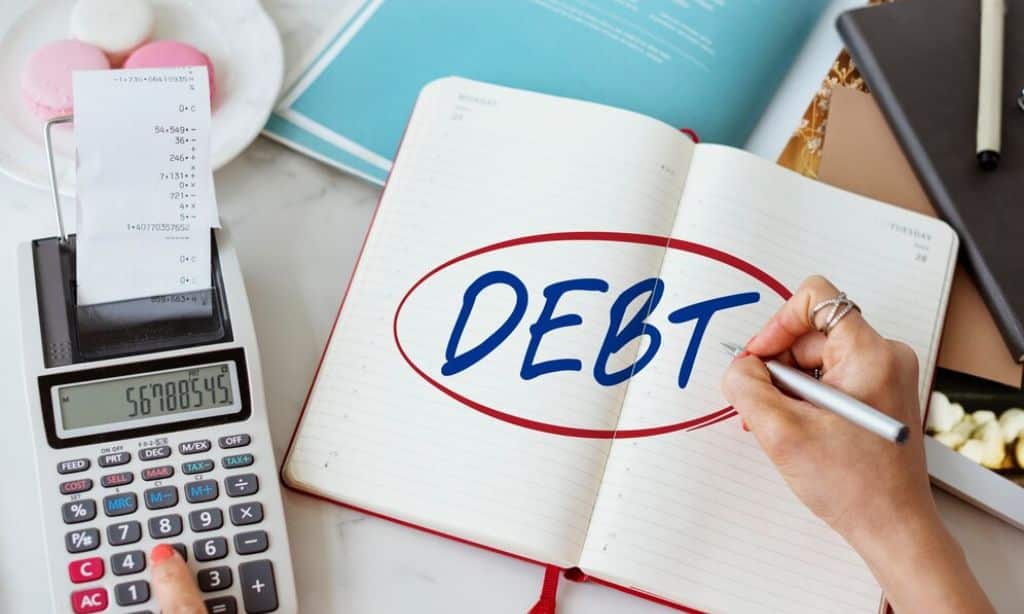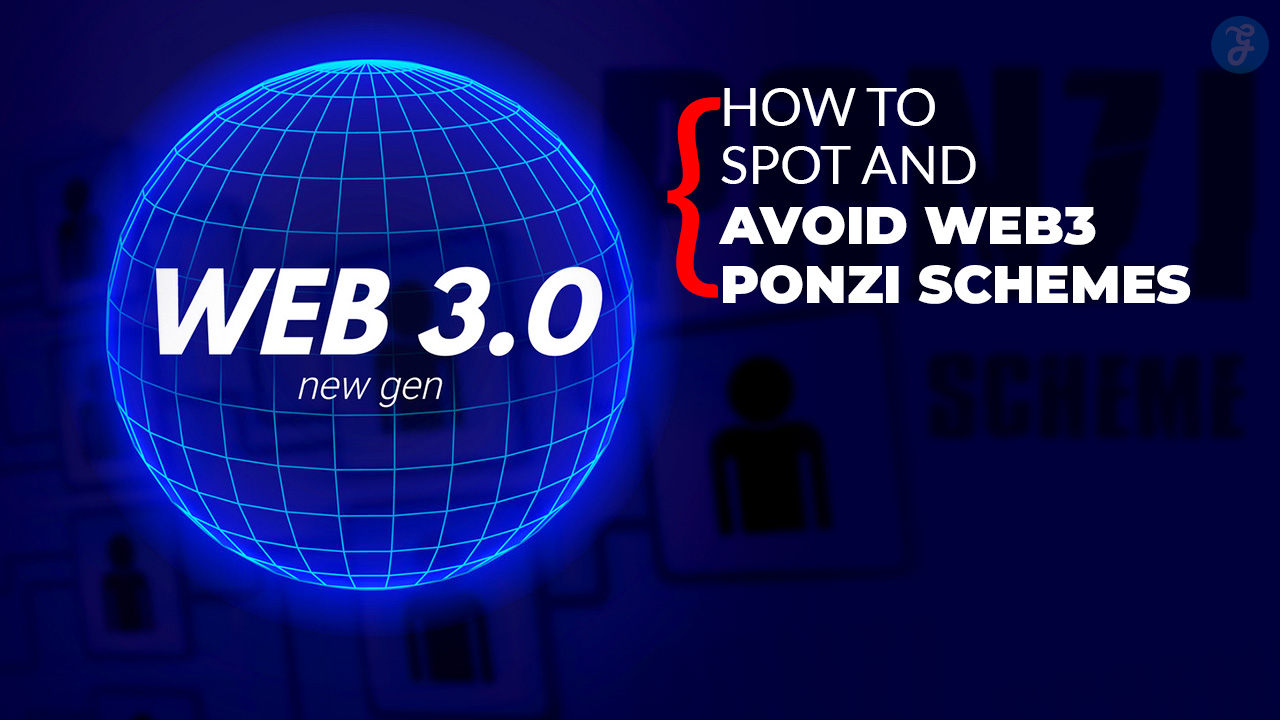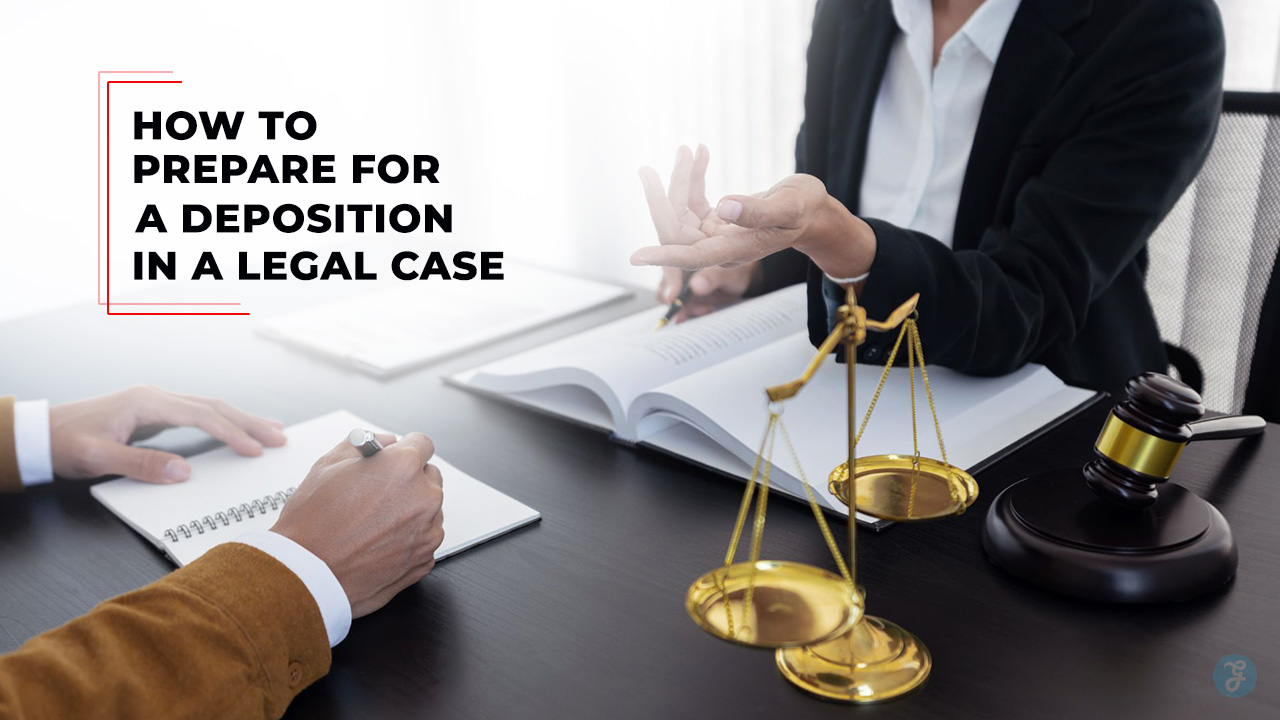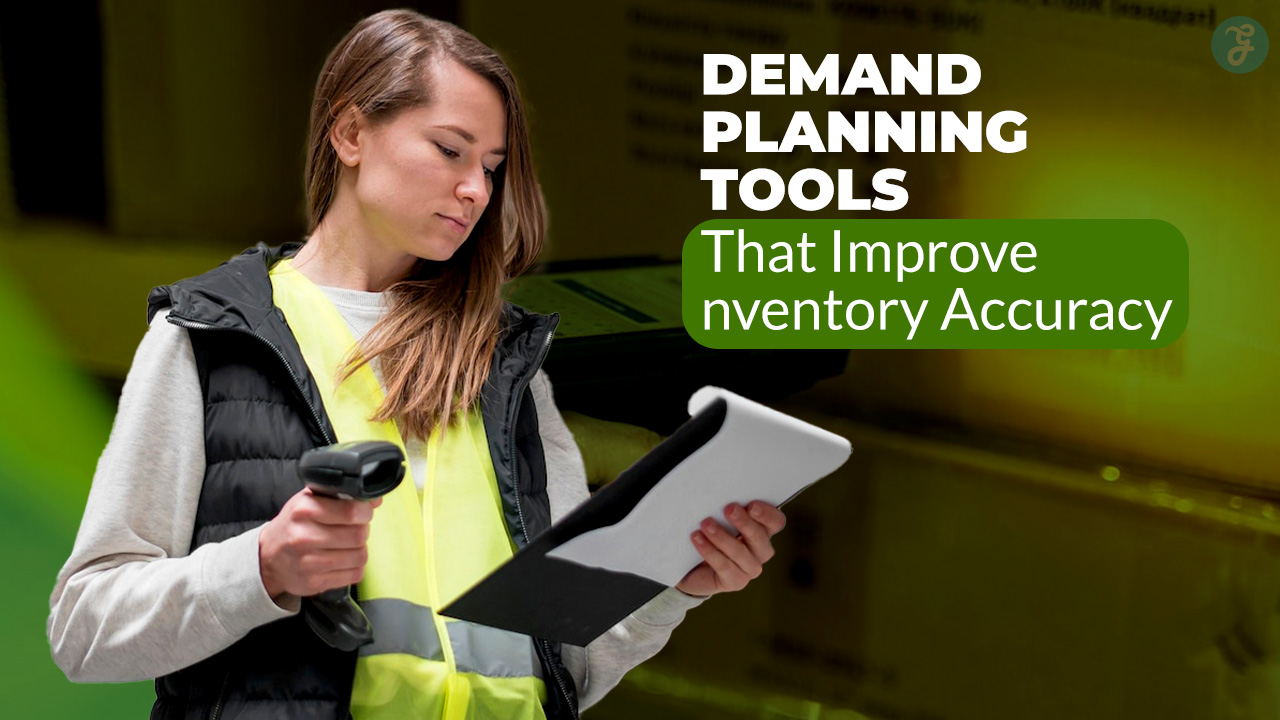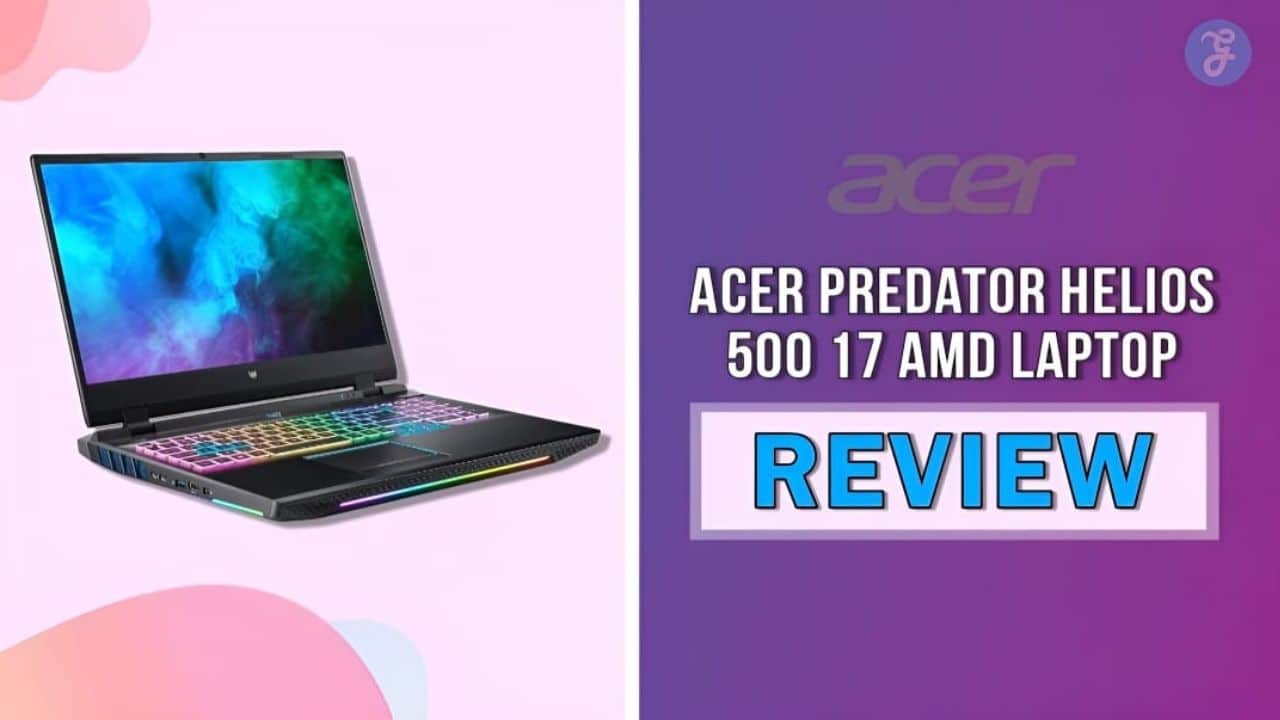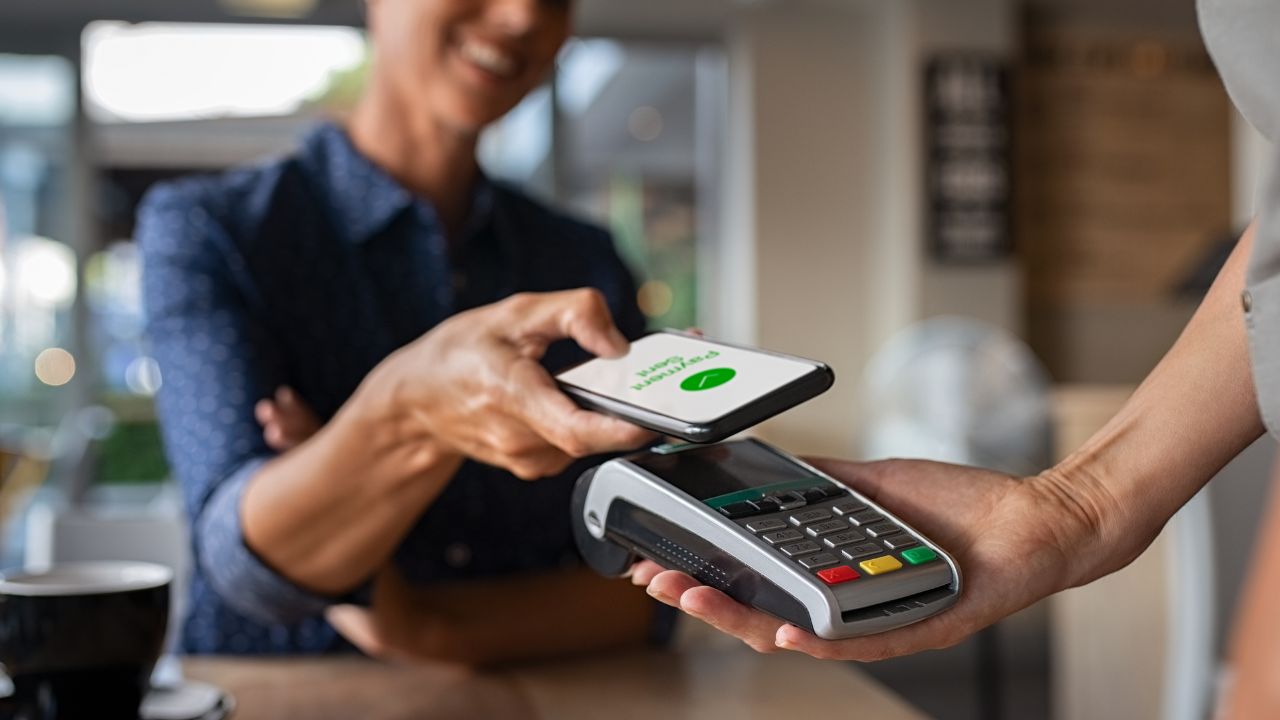Debt can feel like a heavy burden weighing you down. You might worry about how to pay your bills and save for the future at the same time. But there’s hope. Many people have found ways to get out of debt and build financial freedom.
You can take control of your money and pay off debt with the right strategies. This article will show you the top 10 ways to tackle your debt.
You’ll learn practical steps to reduce what you owe and work towards a debt-free life. These tips can help you make a plan and stick to it, even when paying off debt seems hard.
1. Create a Budget
Making a budget is key to paying off debt. Start by listing all your income and expenses. This helps you see where your money goes each month.
Look for areas where you can cut back on spending. Maybe you can eat out less or cancel some subscriptions. Every dollar saved can go towards paying off debt.
Track your spending carefully. Use a spreadsheet or budgeting app to record all purchases. This makes it easier to stick to your budget and avoid overspending.
Set aside money for essentials like rent, food, and utilities first. Then allocate funds for debt payments. Try to pay more than the minimum on your debts when possible.
Review and adjust your budget regularly. Your income or expenses may change over time. Keep your budget up to date to stay on track with debt payoff.
Remember, a budget is a tool to help you reach your financial goals. It puts you in control of your money. With a solid budget, you can make steady progress on paying down debt.
2. Snowball Method
The debt snowball method is a powerful way to pay off your debts. It focuses on tackling your smallest debts first. This approach gives you quick wins and boosts your motivation.
Here’s how it works:
- List all your debts from smallest to largest.
- Make minimum payments on all debts except the smallest.
- Put extra money towards the smallest debt.
- Once you pay off the smallest debt, move to the next one.
This method creates momentum, like a snowball rolling downhill. As you pay off each debt, you have more money to put towards the next one.
The snowball method can be very effective. It helps you build confidence and stay on track. You’ll see progress quickly, which can keep you motivated.
Some people worry about interest rates with this method. But the psychological boost often outweighs the extra interest you might pay. The key is to stay focused and keep making progress.
To use the snowball method, start by listing your debts. Then, make a budget to find extra money for debt payments. Even small amounts can make a big difference over time.
Remember, consistency is key. Stick with the plan and you’ll see results. Many people have used this method to become debt-free.
3. Avalanche Method
The avalanche method is a smart way to pay off debt. It focuses on tackling your highest interest debts first. This approach can save you money in the long run.
To use this method, list all your debts from highest to lowest interest rate. Make minimum payments on all debts except the one with the highest rate. Put any extra money towards that highest-rate debt.
Once you pay off the highest-rate debt, move on to the next one on your list. Keep going until all your debts are gone. This method helps you pay less interest over time.
The avalanche method works well if you have high-interest credit card debt. It can also be good for other types of loans with varying interest rates.
This strategy requires discipline and patience. You might not see quick wins at first. But stick with it, and you’ll save money in the long term.
Using a debt payoff calculator can help you see how much you’ll save with this method. It can also show you how long it will take to become debt-free.
Remember, the key is to stay focused on your goal. Keep making those extra payments on your highest-interest debt. Your efforts will pay off as you watch your debts disappear one by one.
4. Debt Consolidation Loan
A debt consolidation loan can help you simplify your finances. This type of loan lets you combine multiple debts into one monthly payment.
You can use it to pay off credit cards and other consumer debts. Many lenders offer these loans with fixed rates starting around 7-8% APR.
With a lower interest rate, you might save money over time. You’ll also have just one bill to keep track of each month instead of several.
To get a debt consolidation loan, you usually need a credit score of at least 600. Some lenders may have higher requirements.
When you apply, the lender will look at your credit history and income. They use this info to decide if you qualify and what rate to offer you.
If approved, the lender may pay off your old debts directly. This makes the process easier for you.
Before getting a loan, compare offers from different lenders. Look for the lowest rate and fees you can find.
Make sure you can afford the new monthly payment. Missing payments could hurt your credit score.
A debt consolidation loan can be a helpful tool. But it works best when paired with a plan to avoid taking on new debt.
5. Balance Transfer Credit Card
A balance transfer credit card can be a smart way to pay off debt. These cards let you move high-interest debt from other cards to a new one with a lower rate.
Many balance transfer cards offer 0% interest for a set time. This period often lasts 12 to 21 months. During this time, you can focus on paying down your debt without new interest adding up.
To use a balance transfer card, you’ll need good credit. Look for cards with no annual fee and a long 0% intro period. Some cards may charge a fee of 3% to 5% of the amount you transfer.
Before you apply, do the math. Make sure the money you save on interest is more than any fees. Also, create a plan to pay off the debt before the intro period ends.
Be careful not to use the new card for purchases. Stick to your payoff plan and avoid adding new debt. If you can pay off your balance during the intro period, you could save a lot on interest.
6. Negotiating Lower Interest Rates
Asking your credit card company to lower your interest rate can save you money. It’s a simple step that many people skip.
Before you call, check your payment history. Make sure you’ve paid on time for at least six months. This shows you’re a responsible borrower.
Look for competing offers from other cards. These can give you leverage when you talk to your current company.
When you call, be polite but firm. Explain that you’ve been a good customer and would like a lower rate. If they say no, ask to speak with a supervisor.
Mention any competing offers you’ve found. Let them know you’re considering switching cards if they can’t match the rate.
If they agree to lower your rate, ask for it in writing. This helps avoid any misunderstandings later.
Remember, the worst they can say is no. Even a small reduction can save you a lot of money over time.
If they won’t budge, consider transferring your balance to a card with a lower rate. Just be sure to read the fine print first.
7. Debt Management Plan
A debt management plan can help you get control of your finances. It’s a way to pay off your debts with lower interest rates and fees.
You work with a credit counseling agency to set up the plan. They talk to your creditors and try to get better terms for you. This can make your monthly payments more affordable.
With a debt management plan, you make one payment to the agency each month. They then pay your creditors for you. This simplifies the process and helps you stay on track.
These plans usually last 3-5 years. During this time, you’ll need to close your credit cards and avoid taking on new debt. This helps you focus on paying off what you owe.
A debt management plan can hurt your credit score at first. But as you make payments on time, your score may improve. By the end of the plan, you could be debt-free with a better credit rating.
Not all debts can be included in these plans. They work best for credit card debt. Student loans, mortgages, and car loans usually can’t be part of the plan.
Before signing up, check the fees. Some agencies charge setup fees and monthly fees. Make sure the cost doesn’t outweigh the benefits.
8. Sell Unused Items
Got stuff lying around collecting dust? Turn it into cash to pay off your debt. Look through your home for items you no longer need or want. Old clothes, electronics, furniture, and books can all be sold.
Start by sorting your belongings. Make piles for keeping, selling, and donating. Be honest with yourself about what you really use. If you haven’t touched something in a year, it’s probably safe to sell.
There are many ways to sell your items. Try online marketplaces like eBay, Facebook Marketplace, or Craigslist. Local consignment shops or yard sales are good options too. For valuable items, consider specialty auction sites.
Price your items fairly. Research what similar things are selling for. Be willing to negotiate, but don’t undersell yourself. Remember, every dollar counts towards paying off your debt.
As you sell items, put the money directly towards your debt. Don’t be tempted to spend it elsewhere. Watching your debt shrink can be very motivating.
Selling unused items has two benefits. You declutter your space and chip away at your debt. It’s a win-win situation that can help you reach financial freedom faster.
9. Increase Income with Side Gigs
Side gigs can help you pay off debt faster. They give you extra money to put towards what you owe. There are many ways to earn more on the side.
Freelancing is a popular option. You can write, code, or design for companies online. Set your own hours and rates. Use your skills to make extra cash.
Pet sitting and dog walking are easy side jobs. Apps like Rover connect you to pet owners. You can earn $10-$40 for a short visit. Dog walks pay $15-$25 for 30-60 minutes.
Turning hobbies into money-makers works well too. Sell crafts online or teach skills you’re good at. Use your interests to boost your income.
Part-time jobs are another way to earn more. Look for evening or weekend work that fits your schedule. Retail and food service often have flexible hours.
Driving for ride-share apps or delivering food can bring in extra cash. Work when you want and use your own car. It’s a simple way to make money in your free time.
Remember to use all extra income for debt payments. This helps you pay off what you owe much faster. Pick side gigs that fit your skills and schedule.
10. Use Windfalls Wisely
Getting a financial windfall can be exciting. It might be a tax refund, bonus, or inheritance. But how you use this money matters a lot.
Think carefully before spending it. You might want to buy something fun, but paying off debt is smarter. It can save you money on interest in the long run.
Put your windfall towards your highest-interest debts first. Credit card balances are often a good place to start. Paying these off can give your finances a big boost.
If you have money left over, consider saving some too. Building an emergency fund can help you avoid future debt. You could also invest for your long-term goals.
Remember, a windfall is a chance to improve your financial health. Don’t let it slip through your fingers. Make a plan for the money before you get it.
By using windfalls wisely, you can take big steps toward becoming debt-free. It’s a powerful way to speed up your journey to financial freedom.
Understanding Your Debt
Getting a clear picture of your debt is the first step to paying it off. You need to know what you owe and to whom before you can make a plan to tackle it.
Types of Debt
Credit card debt is often the most common type. It usually has high interest rates, making it costly over time. Car loans and mortgages are secured debts tied to specific assets. Student loans can be federal or private, each with different terms. Personal loans might cover various expenses. Medical bills can pile up fast after health issues.
To understand your debt, make a list of each type you have. Write down the lender, amount owed, interest rate, and monthly payment for each. This will help you see the full picture of what you’re dealing with.
Assessing Your Debt Situation
Look at your total debt amount. Compare it to your income. A debt-to-income ratio over 40% may mean you have too much debt. Check your credit report to make sure all debts listed are correct.
Figure out how long it will take to pay off your debt at your current pace. Use online calculators to help. Think about which debts bother you most. High-interest debts usually cost more over time.
Write down your financial goals. Do you want to be debt-free in five years? Or do you just want to pay off credit cards? Clear goals will guide your payoff plan.
Building a Plan
Creating a solid plan is key to paying off debt. A good plan helps you stay focused and motivated on your path to financial freedom.
Setting Achievable Goals
Start by listing all your debts. Write down the balances, interest rates, and minimum payments for each. This gives you a clear picture of what you’re dealing with.
Next, choose a debt payoff method. The snowball method targets the smallest debts first. The avalanche method focuses on high-interest debts. Pick the one that suits you best.
Set specific, measurable goals. For example, “Pay off $5,000 in credit card debt within 12 months.” Break big goals into smaller milestones. This makes them less scary and more doable.
Track your progress regularly. Use a spreadsheet or app to log payments. Seeing your debt shrink can be very motivating.
Budgeting for Debt Repayment
Look at your income and expenses. Find areas where you can cut back. Even small savings add up over time.
Create a realistic budget. Set aside money for necessities first. Then allocate extra funds to debt payments.
Try the 50/30/20 rule. Use 50% of your income for needs, 30% for wants, and 20% for savings and debt repayment.
Look for ways to boost your income. Consider a side job or selling items you don’t need. Put any extra money towards your debt.
Automate your payments. This helps you stay consistent and avoid late fees. Just make sure you always have enough in your account.
Review and adjust your budget regularly. As your situation changes, your budget should too. Stay flexible and keep your debt payoff goals in focus.
Strategies for Reducing Debt
Paying off debt takes planning and effort. These methods can help you tackle your debts more effectively.
Debt Snowball Method
The debt snowball focuses on quick wins to build momentum. Here’s how it works:
- List your debts from smallest to largest
- Pay minimums on all debts
- Put extra money toward the smallest debt
- Once paid off, add that payment to the next smallest debt
This method gives you fast results. Paying off small debts quickly keeps you motivated. You’ll feel a sense of progress as you cross debts off your list.
The snowball works well if you need motivation to stick with debt payoff. It’s simple to follow and gives you clear milestones to celebrate.
Debt Avalanche Method
The avalanche targets high-interest debt first. Follow these steps:
- List debts from highest to lowest interest rate
- Pay minimums on all debts
- Put extra money toward the highest-rate debt
- Once paid, move to the next highest rate
This approach saves you more money in interest over time. It’s the most cost-effective way to pay off debt.
The avalanche is best if you’re highly motivated and want to minimize interest costs. It requires patience, as you may not see quick results on individual debts.
Consolidation Loans
Debt consolidation combines multiple debts into one loan. This can simplify your payments and potentially lower your interest rate.
Key benefits:
- One monthly payment instead of many
- Potentially lower interest rate
- Fixed repayment timeline
To consolidate:
- Check your credit score
- Compare loan offers from banks and online lenders
- Choose a loan with better terms than your current debts
- Use the loan to pay off your other debts
Be careful not to rack up new debt on paid-off credit cards. Consolidation works best when paired with a solid budget and spending plan.
Takeaway
Achieving financial freedom by paying off debt requires determination, planning, and the right strategies. By creating a budget, utilizing methods like the debt snowball or avalanche, and exploring options like consolidation loans or balance transfer cards, you can take control of your finances and steadily reduce your debt.
Remember, every step you take brings you closer to a debt-free life. Whether it’s negotiating lower interest rates, selling unused items, or increasing your income through side gigs, each effort contributes to your overall goal. Stay focused, be patient, and celebrate your progress along the way.
With commitment and a well-thought-out plan, you can overcome the burden of debt and enjoy the peace of mind that comes with financial freedom.





